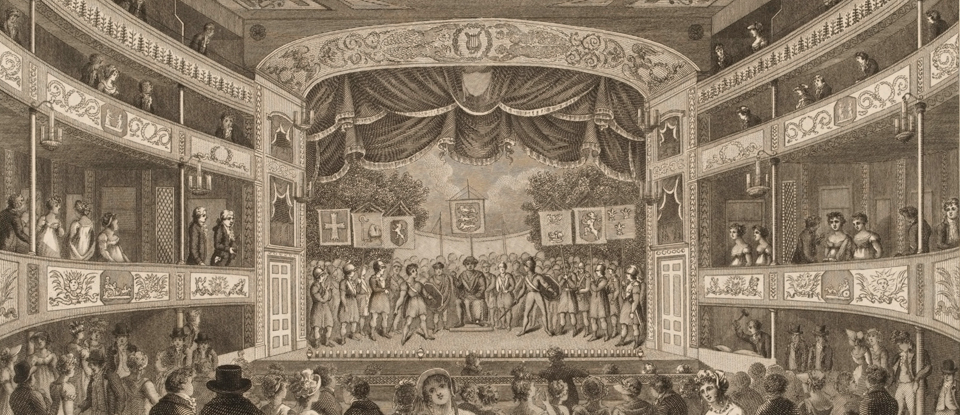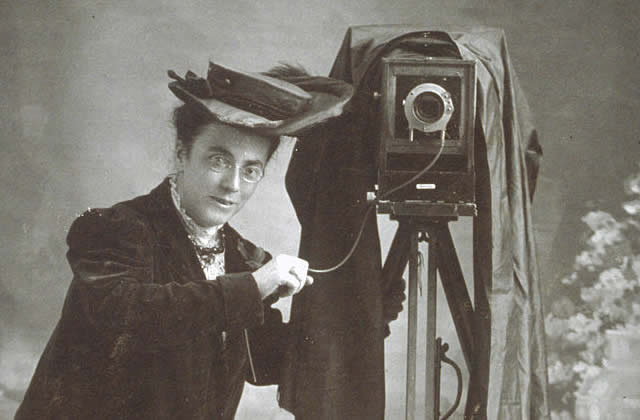Weekly Research
This week I found myself fascinated by the amazing display of international relations in the form of The Great Exhibition. To me this exhibition is a refreshing change from the war and destruction that happens too often in this world. For more than 1500 exhibitors to come together to show off their own culture and learn about others is amazing. It’s even more amazing that over 6 million people were interested to come and learn for themselves too.
The Crystal Palace, designed by Joseph Paxton, for this event is a beautiful representation of peace. Just by looking at the building, one can perceive the value and care that went into it. This shows that this event was truly important to the creators. Personally, from an artist point of view, I appreciate the innovation of the Crystal Palace, as it was made from mostly glass, however I appreciate the significance of it more.
19th Century Europe
Europe during the 19th century was mainly built on the backs of the working middle class. Especially during the early years, people worked hard in factories for extremely long hours with little benefits. Housing was also a problem as the majority of people could not afford quality dwellings. This made Europe not a very enjoyable place to live, primarily in the city, and many people struggled with these conditions. However towards mid to late 19th century, innovations to help improve the circumstances were created. This meant that people were able to live a less polluted and more leisurely lifestyle.
Living Conditions
 In the late 19th century, living and working conditions had begun to improve significantly from years prior. 1847, the Factory Act was passed in Britain which banned small children and women working in factories more than 10 hours a day (Lambert). This improved the well-being of people and allowed for actual time to rest.
In the late 19th century, living and working conditions had begun to improve significantly from years prior. 1847, the Factory Act was passed in Britain which banned small children and women working in factories more than 10 hours a day (Lambert). This improved the well-being of people and allowed for actual time to rest.
Family was also a big part of the 19th century, and people would often have large families, though it wasn’t for a positive reason. Cities suffered from various cholera and disease outbreaks, which meant that life expectancy was fairly low. However, family was something bigger than just insurance, it created community. As writer Jurgen Kocka states, “… a specific ideal of family life was essential: the family as a purpose itself, a community held together by emotional ties and fundamental loyalties” (Kocka 787). Having a supportive, loving community around made life easier as well.
Food was another big change that happened in the late 19th century. Plain foods (like bread, butter, potato and bacon) were now supplemented by cheaper foods, canned goods from North America, new types of biscuits, chocolate bars, and potato chips (Lambert). This created more of a food culture and made eating a lot more interesting.
Housing was an issue for many people during this era, though this changed drastically as new laws were passed. By 1875, most towns had laws against certain living conditions (cellar dwelling, back to back housing, etc.) and workers lived in homes that were both affordable and better quality. Mass production of furniture also allowed for the common citizen to have access to furnishing and ornaments to decorate their home (Lambert).

Leisure Time
Recreation activity was introduced to Europe as working conditions continued to improve. In the 1870s, working class were given a few paid holidays each year, allowing for more leisure time (Lambert). This meant that people were introduced to other forms of entertainment, rather than just prioritizing work and home chores. Activities such as:
- Sports (specifically rugby, football or soccer, polo, and tennis)
- Bicycling clubs became fairly common
- Reading, especially mystery books (Sherlock Holmes), newspaper
- musical evenings were often enjoyed amongst friends
- Theatre

- Photography became more accessible to the public
Travel also became more of a possibility for the working middle class. This was due to the creation of better public transportation which made travelling easier and faster. The innovations include: railways, and steamships for sea travel.
Conclusion
Europe in the late 19th Century was full of innovation and new activities that allowed for people to have more recreational time. This helped to make Europe a more enjoyable and safer place to live.
–